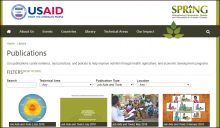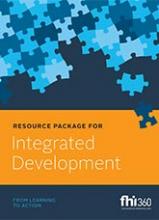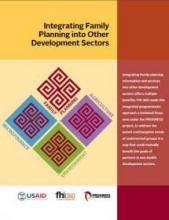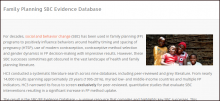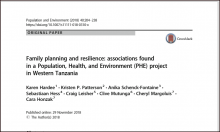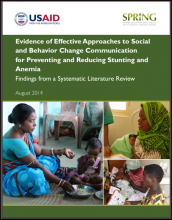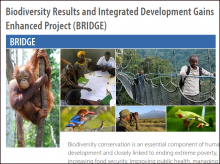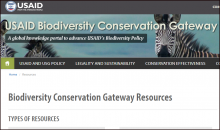Biodiversity Results and Integrated Development Gains Enhanced Project (BRIDGE) Tools and approaches
BRIDGE is a five-year project (2015-2020) managed by USAID’s E3 Forestry and Biodiversity Office. The project advances the second goal of USAID’s Biodiversity Policy, to “integrate biodiversity as an essential component of human development.” BRIDGE collaborates with USAID missions and regional and technical bureaus to identify and promote integrated programming approaches and contribute to the evidence base for integration. The USAID BRIDGE project builds on lessons learned from decades of USAID initiatives to promote and support the integration of biodiversity conservation with other development sectors including climate change, DRG, food security, and health.
Sectors
Population, Health & Environment
Project Stages
Cross-cutting
Classifications
Evidence, SBC Tools & Resources
Links

